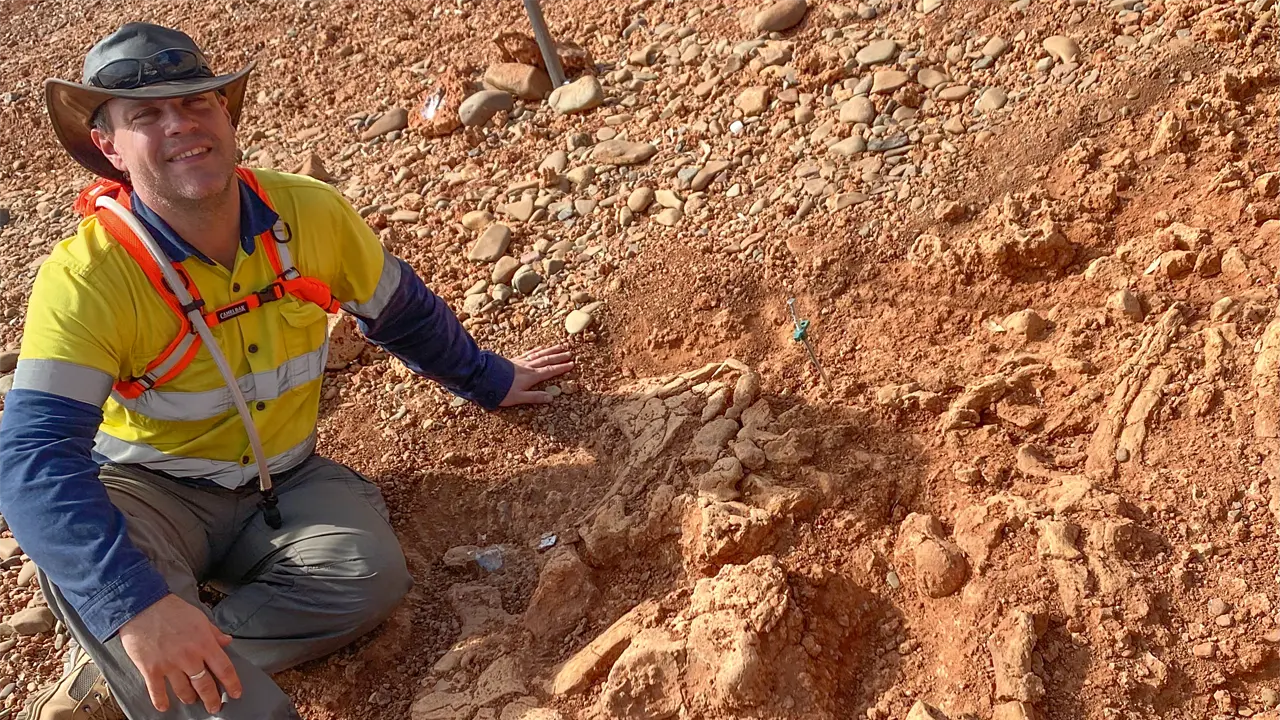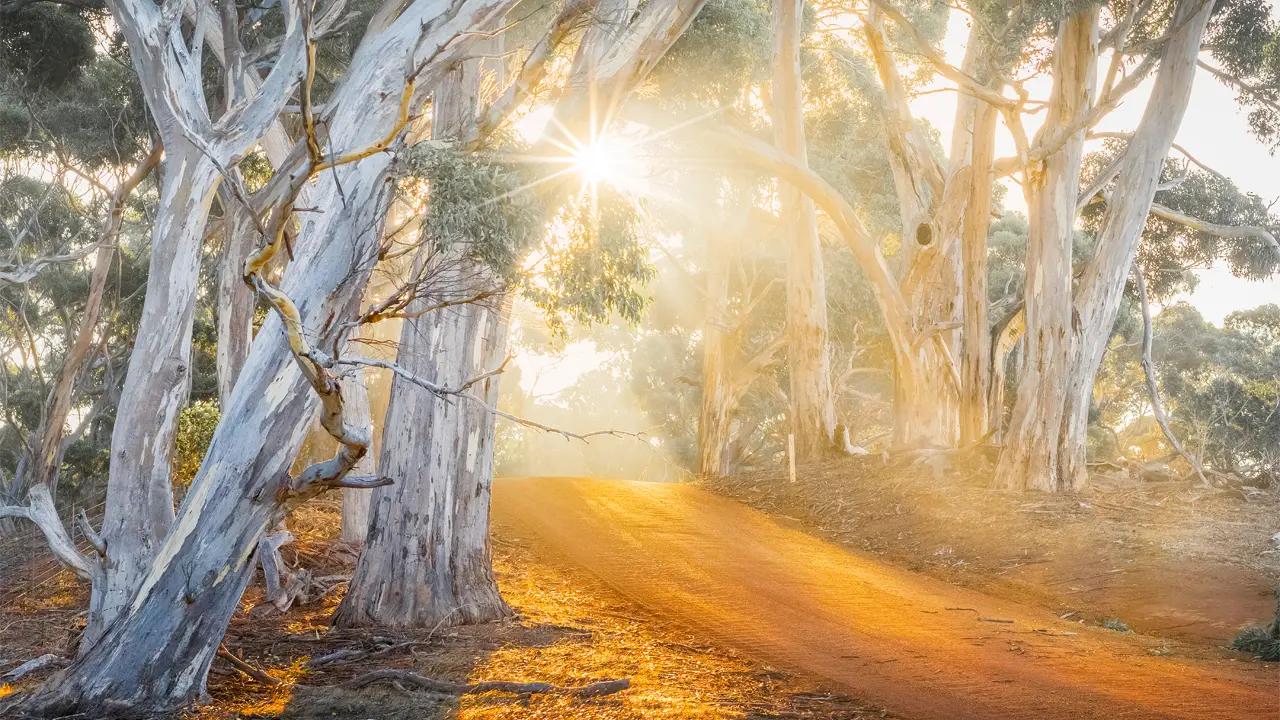A once-abandoned tract of land in the South Australian desert has become a haven for birds and the adventurous.
Story By Ian Glover
Sixty years ago, a vast, inhospitable, infertile tract of land stretched west from the edge of the Wimmera in Victoria towards Adelaide. Known as the Ninety Mile Desert (or, more accurately as it turned out, the Ninety Mile Plain), it defied all grazing and cropping efforts, as the abandoned homesteads throughout the area attest. Then scientists discovered that the land was deficient in trace elements – primarily cobalt, copper and zinc – and what had been an agrarian wasteland was transformed into the highly successful property Coonalpyn Downs.
The credit for the transformation usually goes to Hedley Ralph Marston, but there’s evidence to suggest that other scientists from the Council of Scientific and Industrial Research (now the CSIRO) should be given accolades as well. One of them, D.S. Riceman, is remembered on a plaque proclaiming the ‘conquest’ of the Ninety Mile Desert, along the Dukes Highway between Coonalpyn and Keith, but the original theorists, Dick Thomas and E.W.L. Lines, have vanished into historical anonymity.
Remnants of the land the way it was prior to the chemical exorcism (laudable in an entrepreneurial sense, lamentable to a conservationist) can be found in a number of the region’s parks, primarily Ngarkat, a collective including Scorpion Springs, Mount Rescue and Mount Shaugh conservation parks, with a total area of 262,700 hectares. (When combined with the adjoining Big Desert Wilderness in Victoria, a total of 800,000ha of native vegetation has been conserved.)
The park is comprised of swale soaks and sand dunes – some quite high – stabilised by heath and mallee. It can be accessed by both conventional and four-wheel-drive vehicles. However, those in cars are limited to one route: the tarred road that runs between Pinaroo and Bordertown. Almost halfway through Ngarkat, they’ll see Pertendi Hut, an old shepherd’s dwelling originally built by the Jenzen family in 1956, and restored in 1989 by Friends of the Southern Mallee Parks as a shelter for travellers. Further south, Comet Bore is a regular stop for birdwatchers because it sometimes attracts threatened mallee fowl.
Those in four-wheel-drives can tackle the arduous Border Track that runs between Victoria and South Australia. Travel is north-to-south only, and the track is often closed. While not quite as hardcore, all other tracks still require tyre pressures lowered to about 120kPa, and staking is a constant threat.
This story excerpt is from Issue #58
Outback Magazine: Apr/May 2008









